Tag: Glossary
-

Domain Spoofing
What is Domain Spoofing? Domain spoofing is the practice of creating deceptive URLs that closely resemble legitimate domains with the intent to mislead users. A primary example of domain impersonation is substituting similar-looking characters—like using “rn” instead of “m” or a Cyrillic “a”—creating homoglyphs that appear authentic. While related threats such as email spoofing or…
-
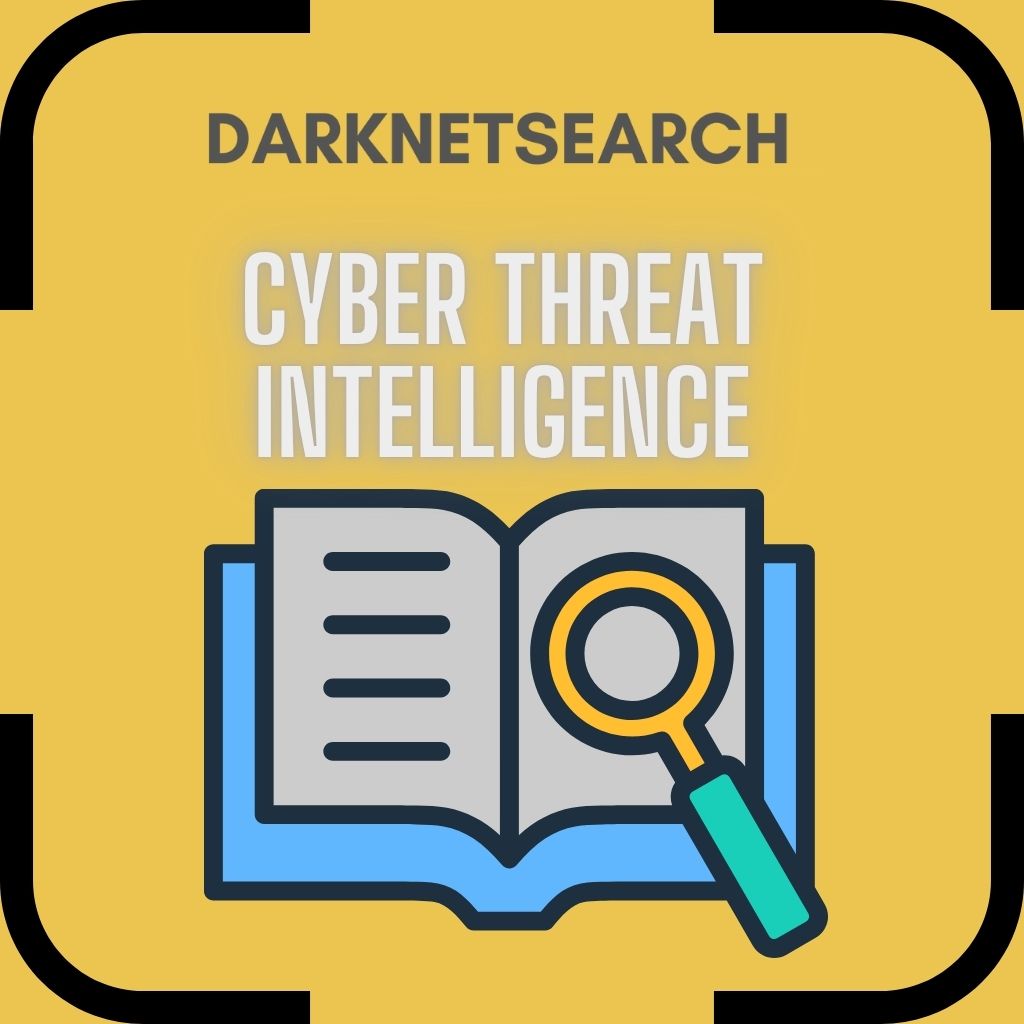
Cyber Threat Intelligence
What is Cyber Threat Intelligence? Cyber threat intelligence is a critical cybersecurity tool that helps organizations predict, identify, and mitigate cyber threats before they strike. This intelligence involves the collection and analysis of data from across the internet—including the deep and dark web—to reveal attacker methods, tactics, and motivations. At DarknetSearch, we combine AI-driven crawling,…
-
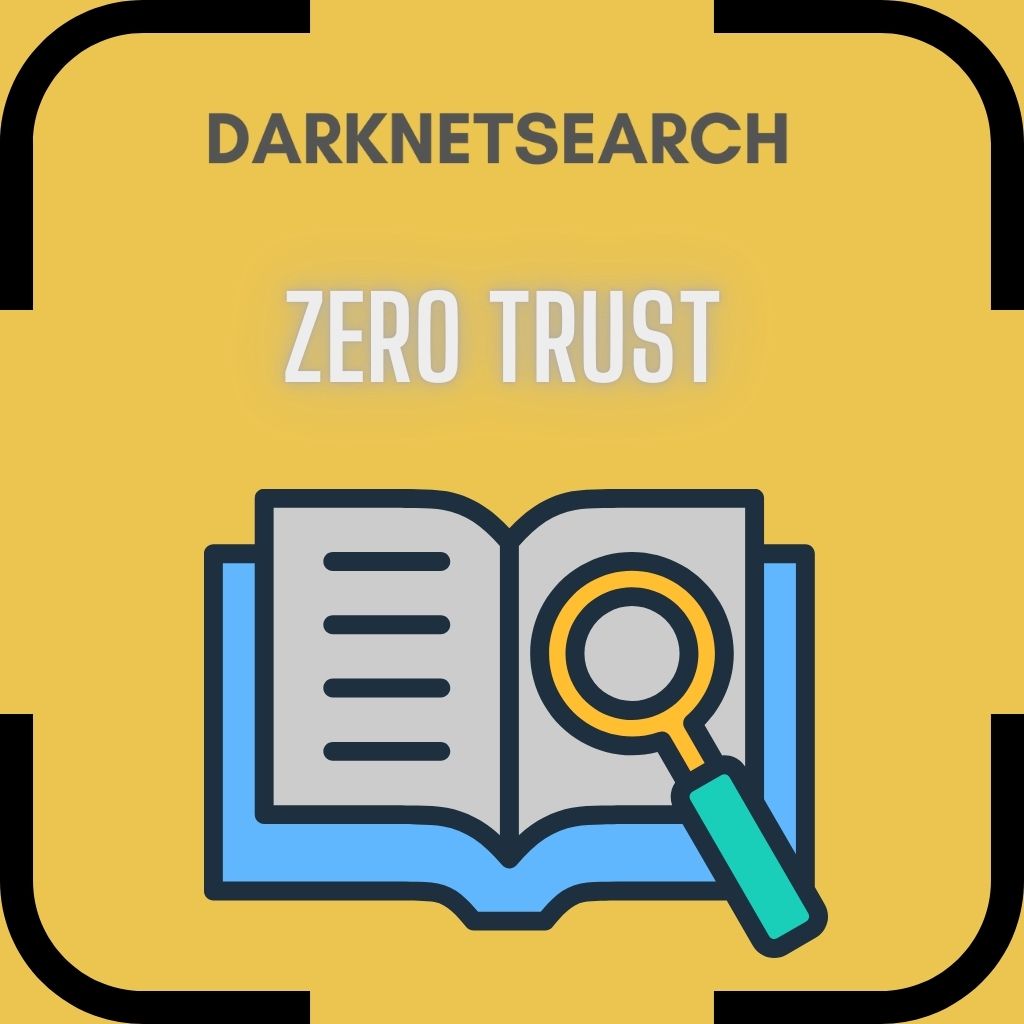
Zero Trust
What is Zero Trust? Zero Trust Security is an access-control framework that treats all traffic—internal and external—as untrusted. Instead of perimeter-based defenses, it mandates continuous authentication, strict identity verification, and granular policy checks. This Zero Trust model reduces lateral movement and limits exposure in case of breaches. It’s a proactive, adaptive strategy well-suited for modern…
-
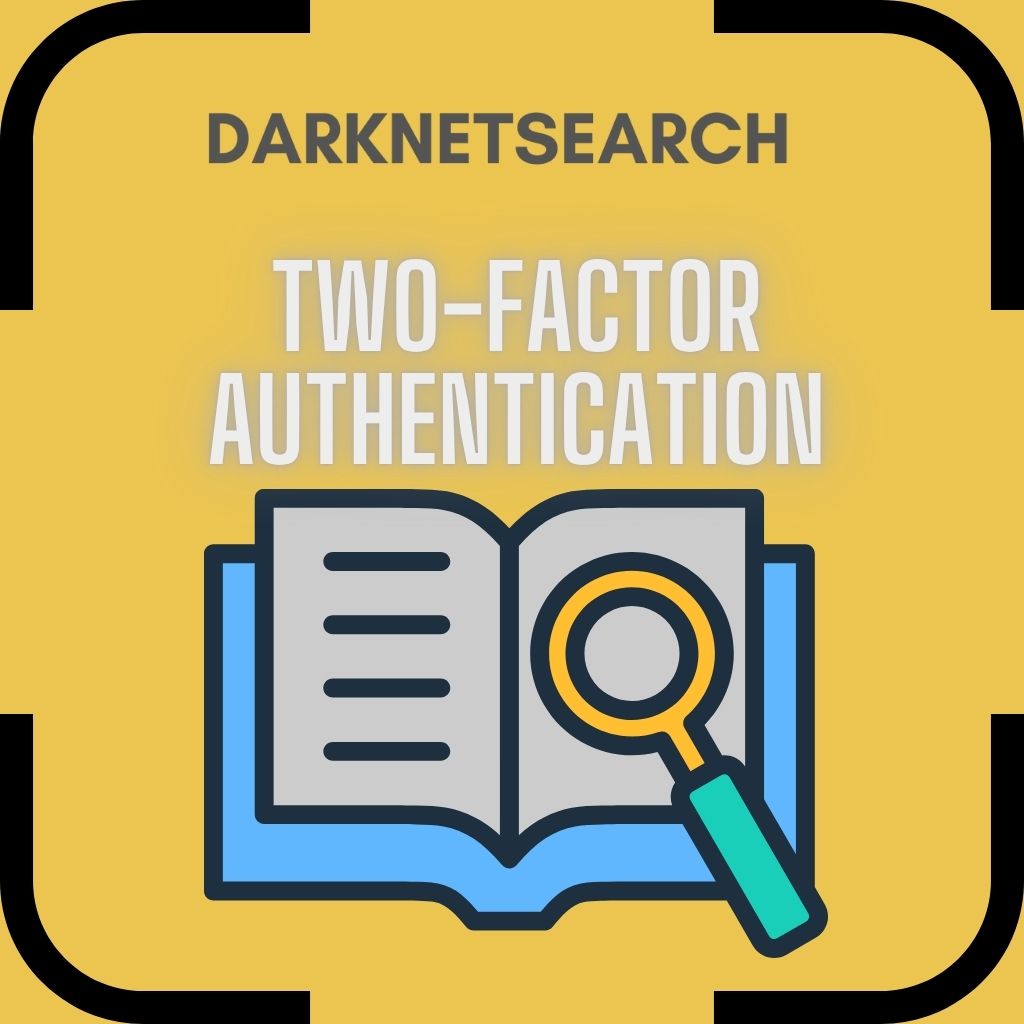
Two-factor authentication
What is Two-Factor Authentication? Two-factor authentication (2FA) is a security process that requires users to verify their identity using two different factors before gaining access to an account or system. These factors typically include something you know (like a password) and something you have (like a mobile device or token). By implementing 2FA, individuals and…
-
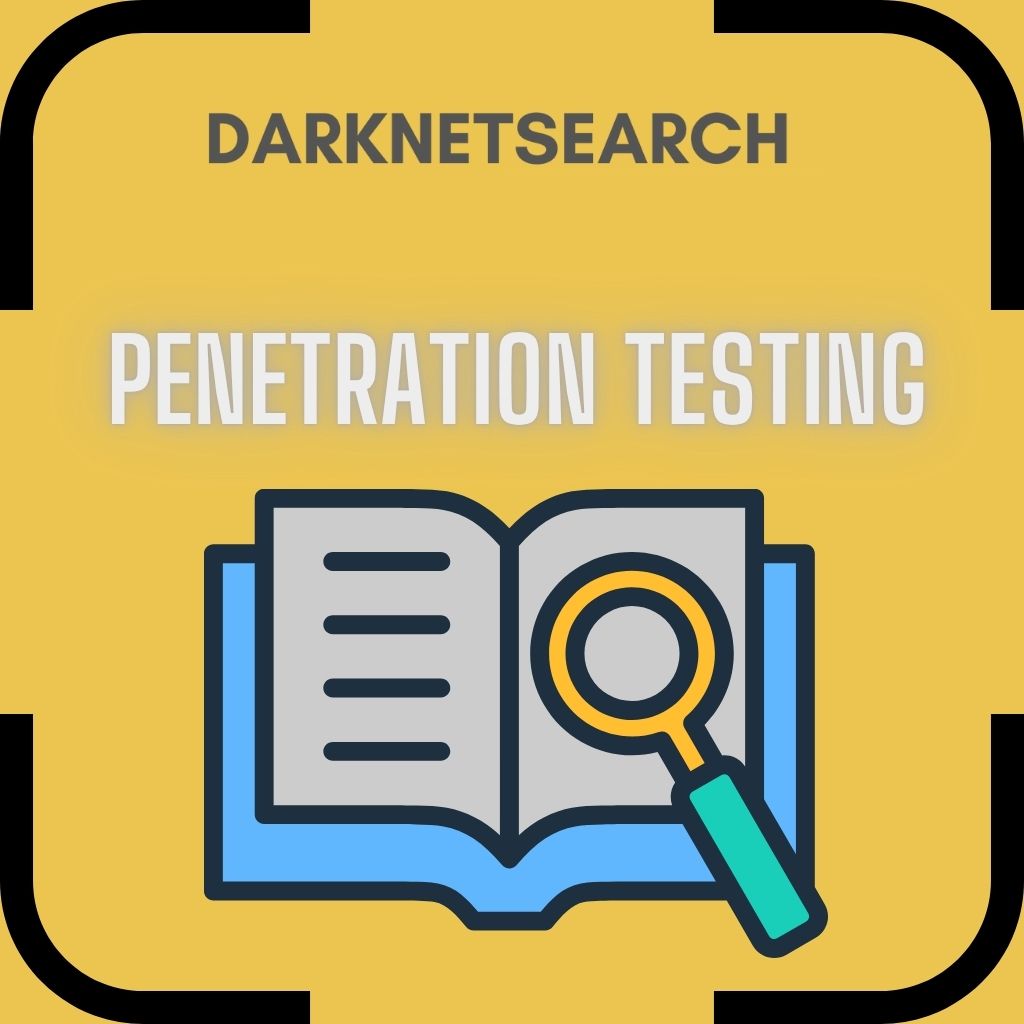
Penetration Testing
What Is Penetration Testing? Penetration testing, or pen testing, is a simulated cyberattack carried out by cybersecurity professionals to test the strength of an organization’s digital defenses. The goal is to uncover security vulnerabilities in networks, systems, or applications before cybercriminals do. By using tools and techniques similar to those of real hackers, ethical hackers…
-
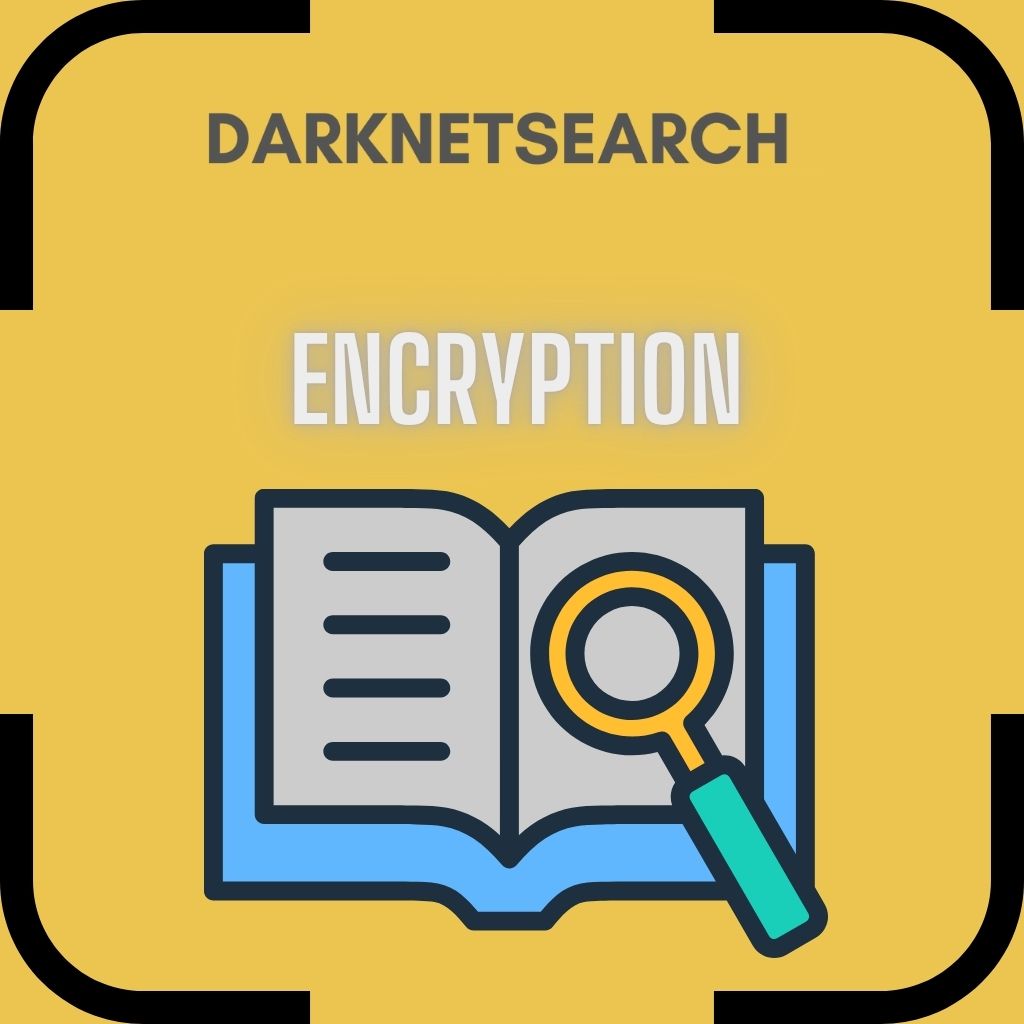
Encryption
What is Encryption? Encryption is the process of converting data into a coded format to prevent unauthorized access. This crucial technique in cybersecurity transforms readable information (plaintext) into an unreadable format (ciphertext) using algorithms and encryption keys. Only users with the correct decryption key can access the original data. In today’s digital age, encryption is…
-

Sandbox
What is a sandbox? A sandbox in cybersecurity is a secure, isolated environment where suspicious files, code, or applications can be executed and analyzed without risking harm to the underlying system. Sandboxes are crucial for malware detection, threat analysis, and safe software testing. By simulating a real-world environment, a sandbox allows security teams to observe…
-
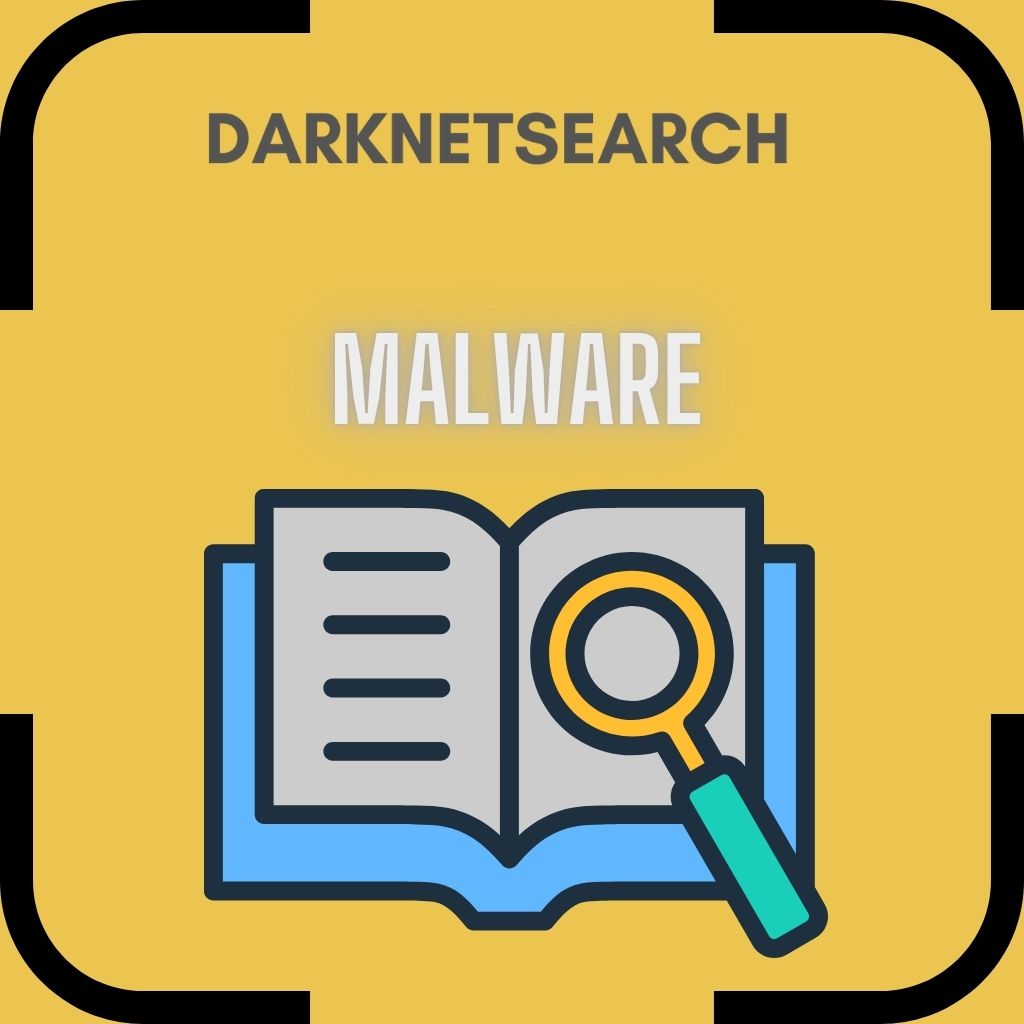
Malware
What is a malware? Malware is a term that refers to malicious software designed to infiltrate, damage, or exploit computer systems and networks. The word comes from the combination of “malicious” and “software.” Malware includes viruses, worms, trojans, ransomware, spyware, adware, and other harmful code that compromises device functionality and security. The main purpose of…
-

Honeypot
What is a honeypot? A honeypot in cybersecurity is a decoy system or network designed to lure attackers and analyze their activities. This trap appears as a legitimate target—like a vulnerable database, server, or application—but it’s isolated from the real network. Once attackers engage with the honeypot, cybersecurity teams can monitor their tactics without risk…
-
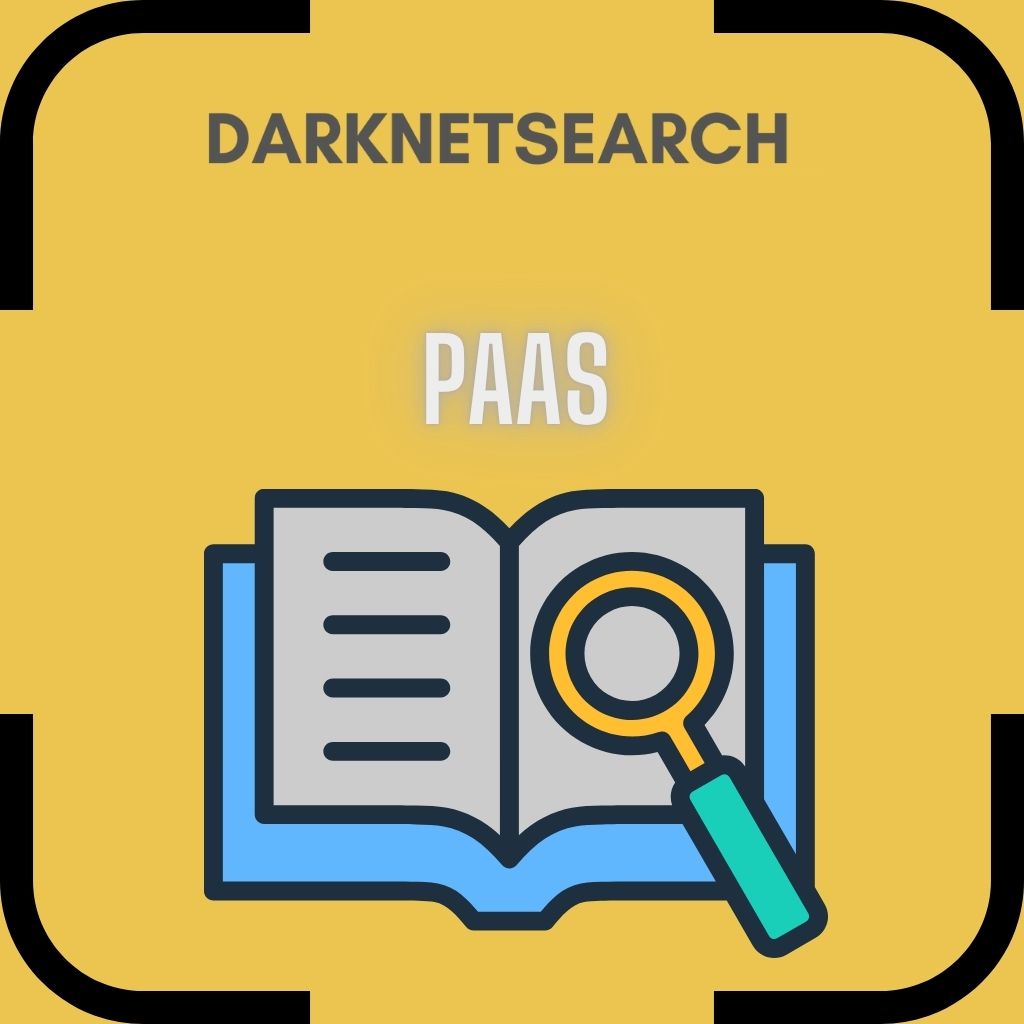
PaaS
What is a PaaS (Platform-as-a-Service)? PaaS, or Platform-as-a-Service, is a cloud computing model that provides developers with a complete environment to build, run, and manage applications without the complexity of maintaining infrastructure. The keyword “Platform-as-a-Service” is essential to understand how businesses accelerate development cycles and reduce time-to-market with scalable and cost-effective cloud platforms. ☁️ PaaS…
